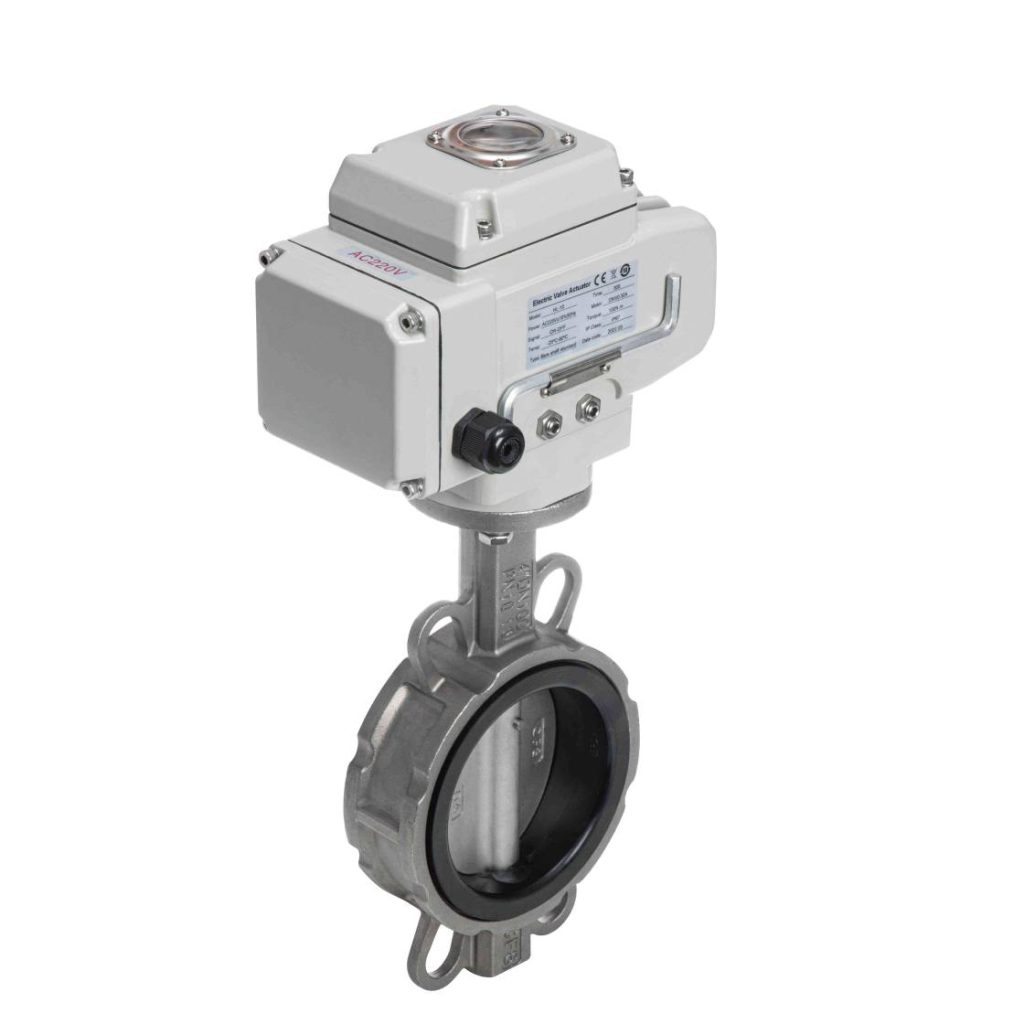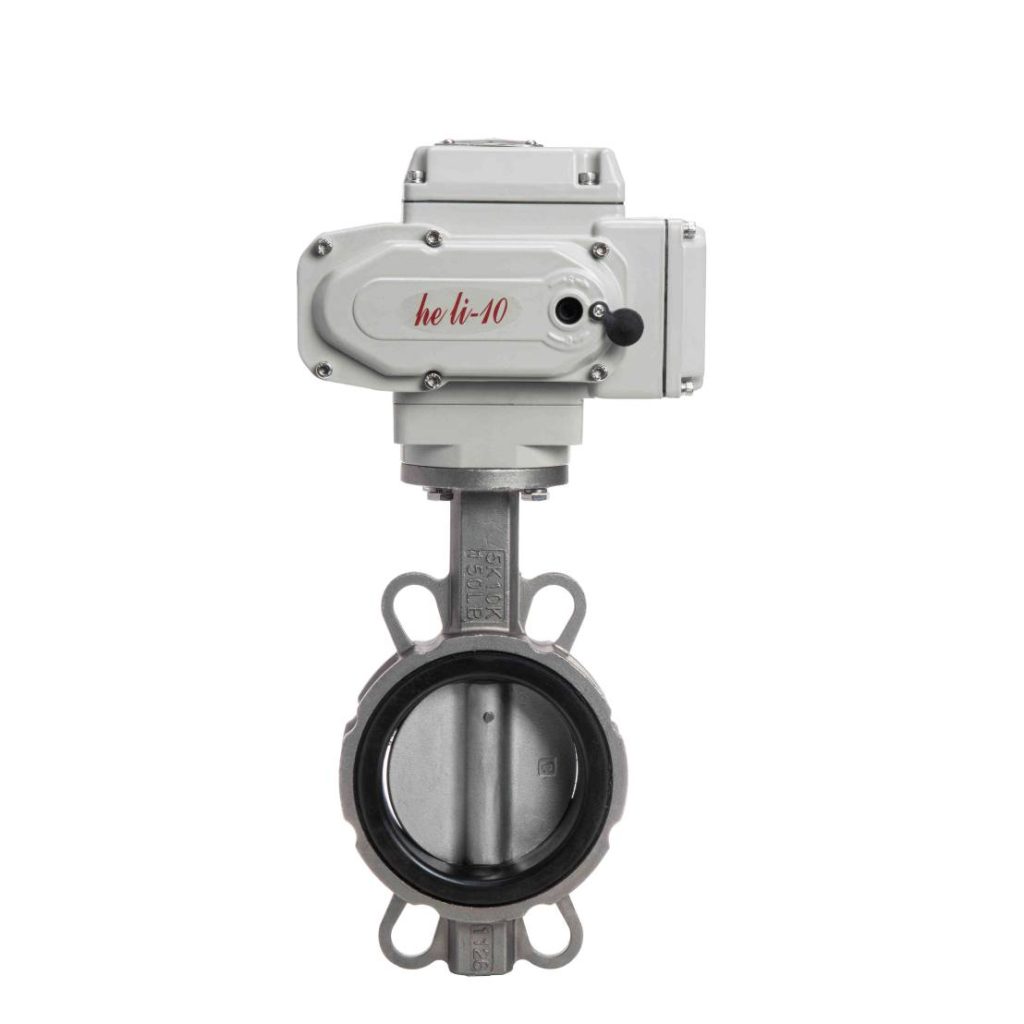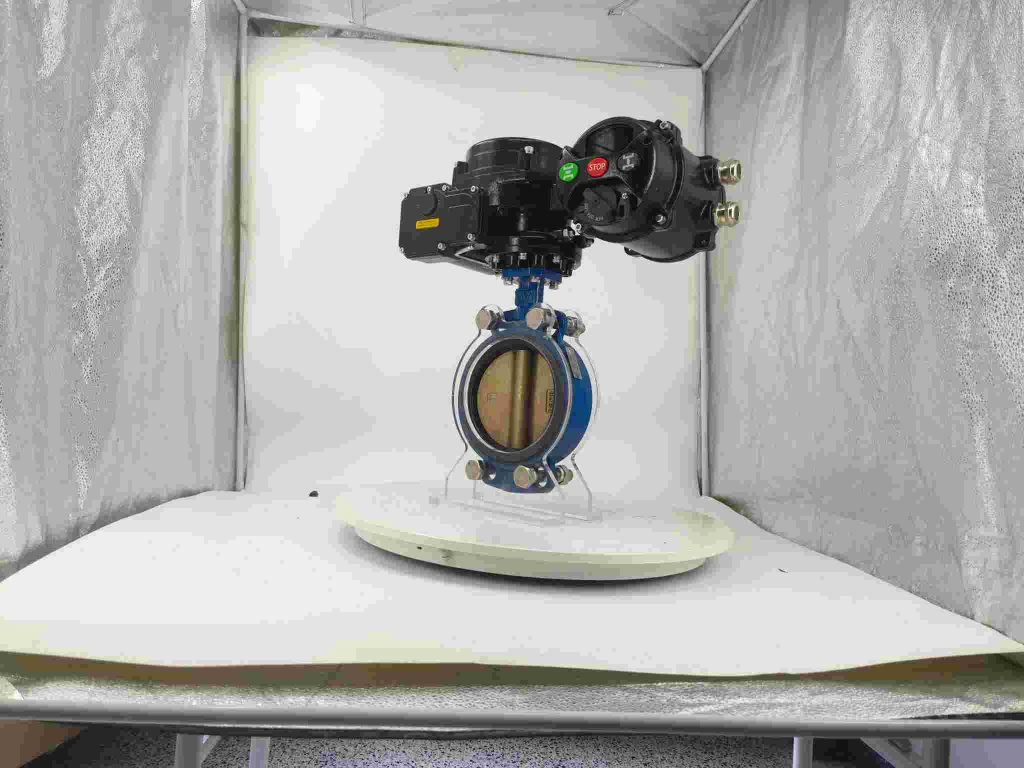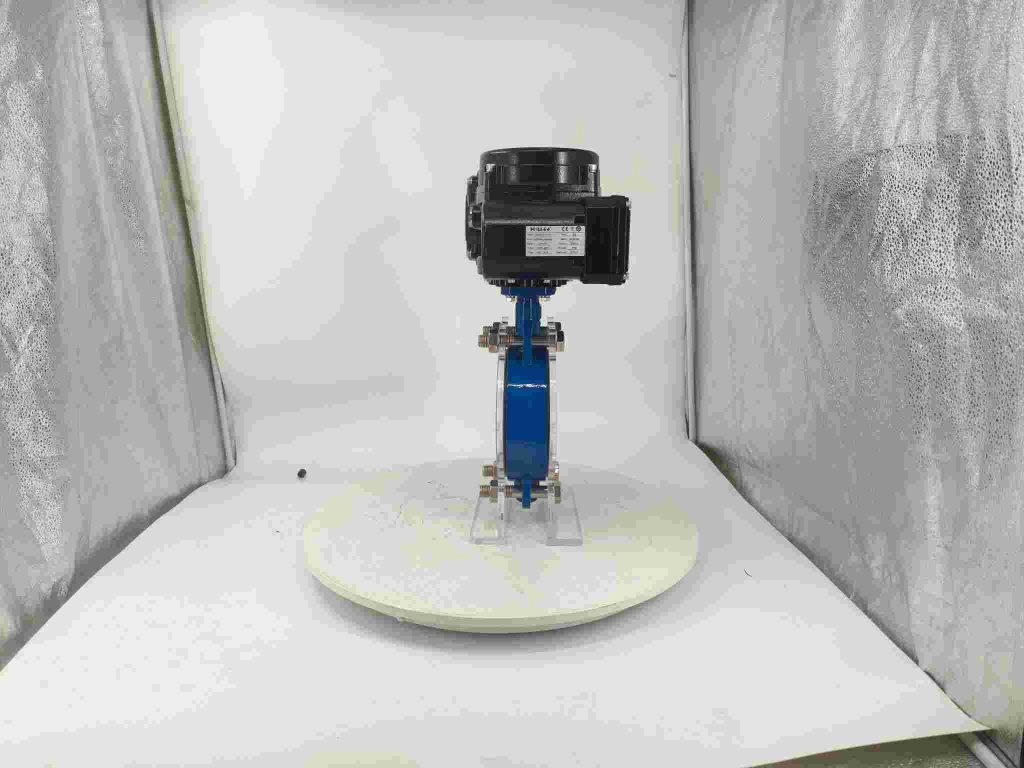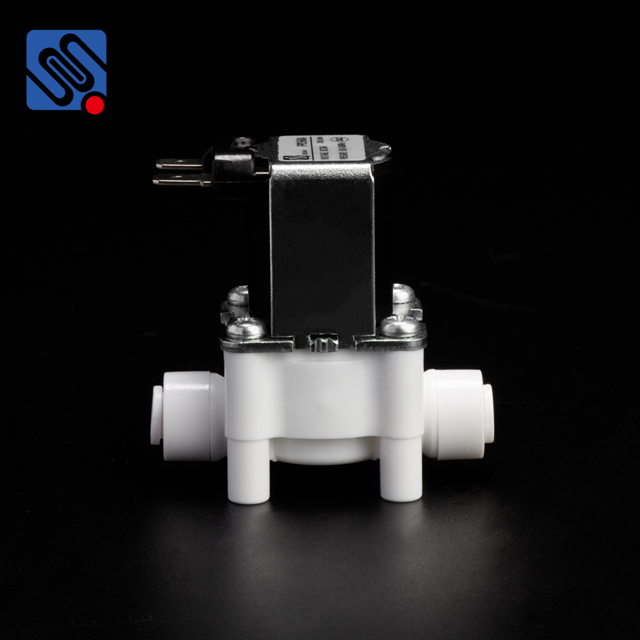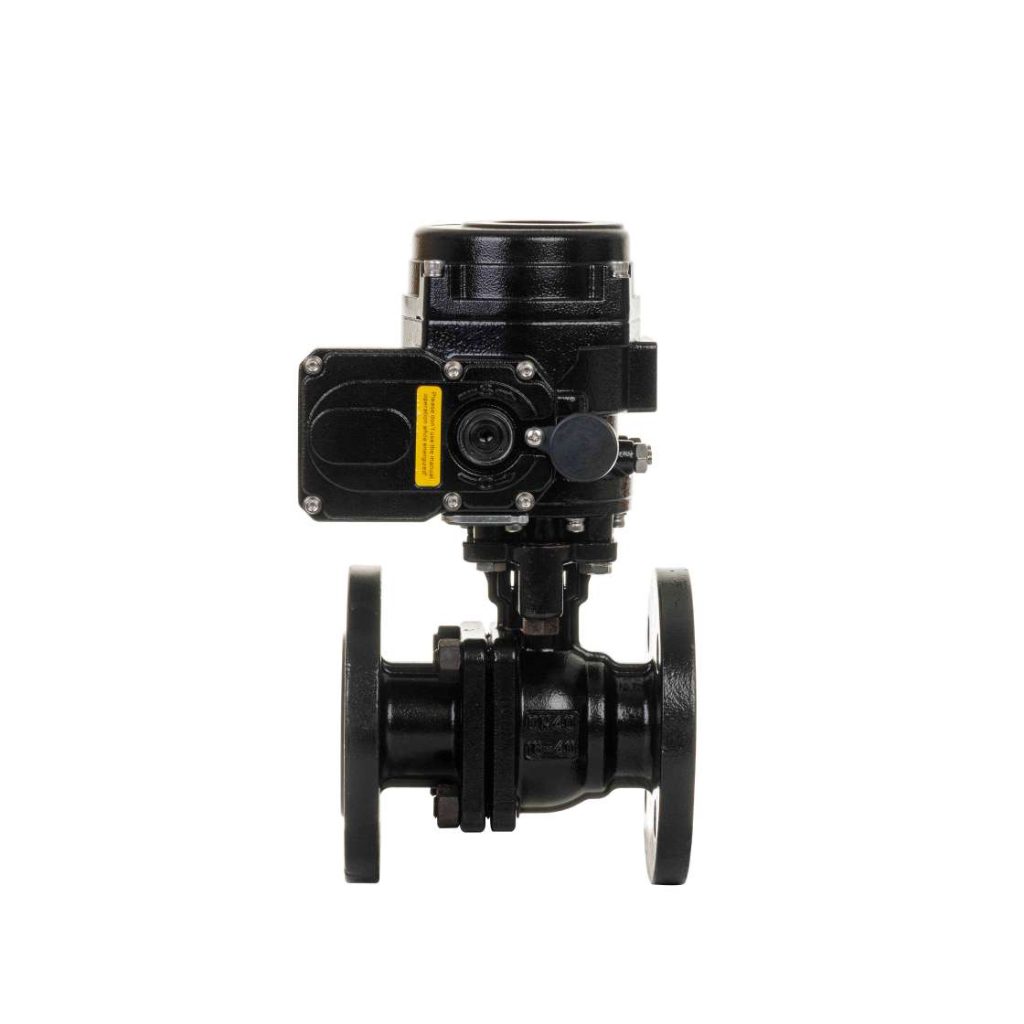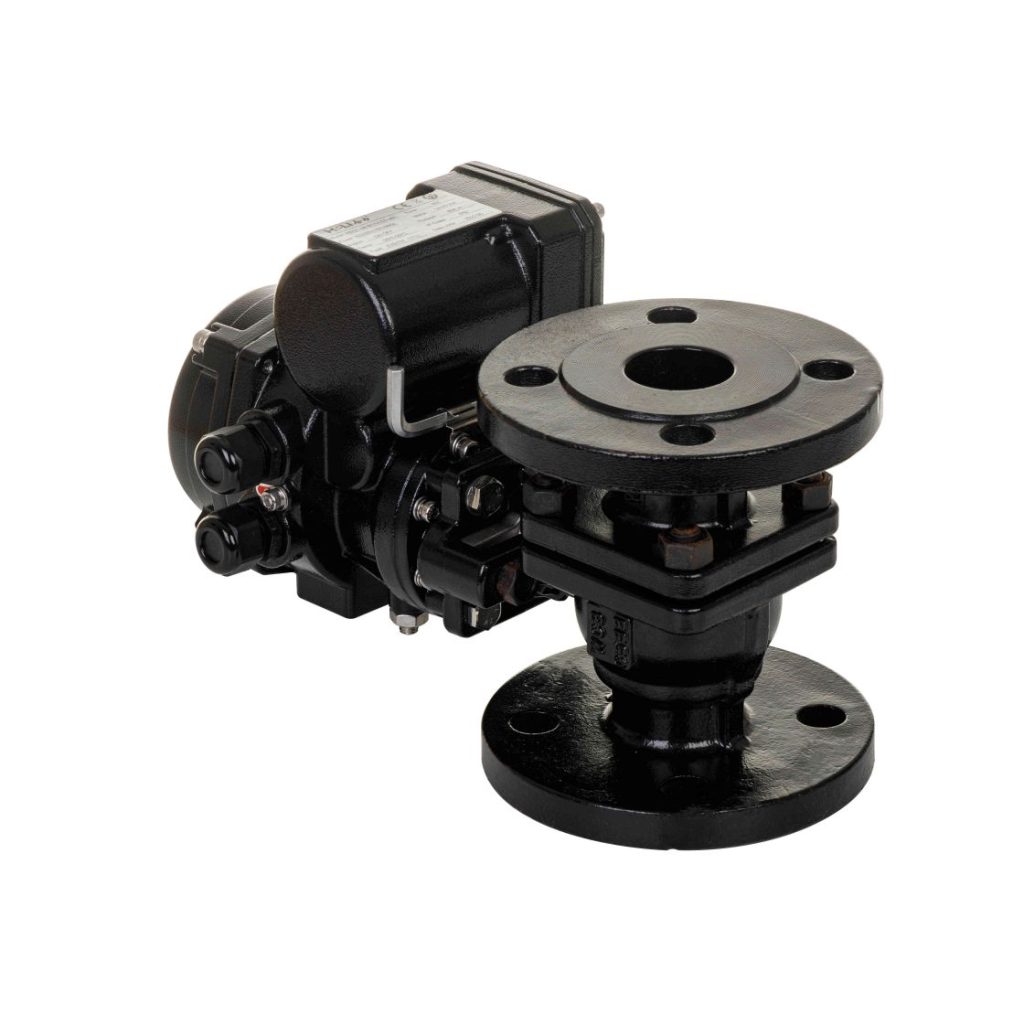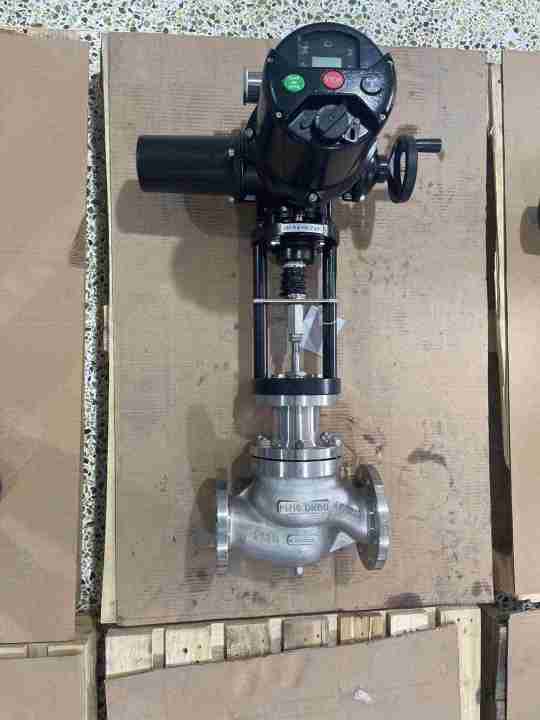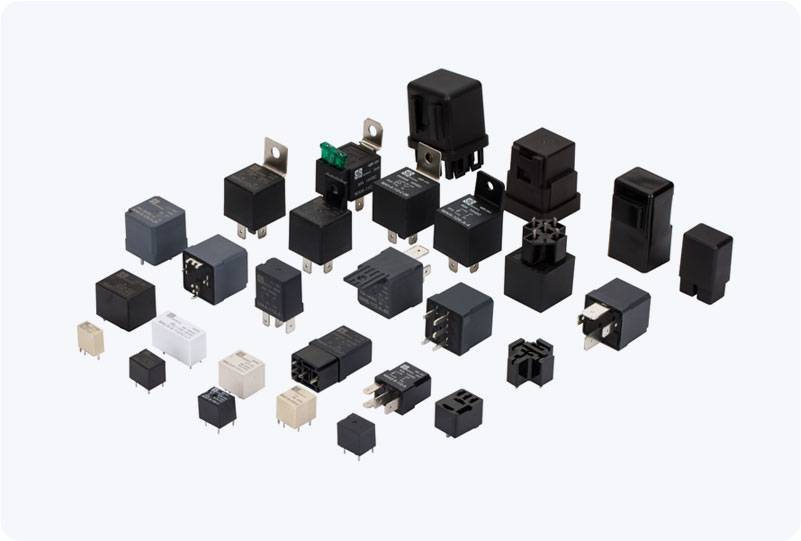Battery Management Systems (BMS) are at the heart of every advanced energy storage solution, ensuring the proper functioning, safety, and longevity of batteries, especially in applications like electric vehicles (EVs) and renewable energy storage. One of the crucial components in a BMS is the Thermal Control Relay, a device designed to maintain optimal temperature conditions for the battery pack. This article explores the role and significance of the BMS Thermal Control Relay in maintaining battery health and performance.
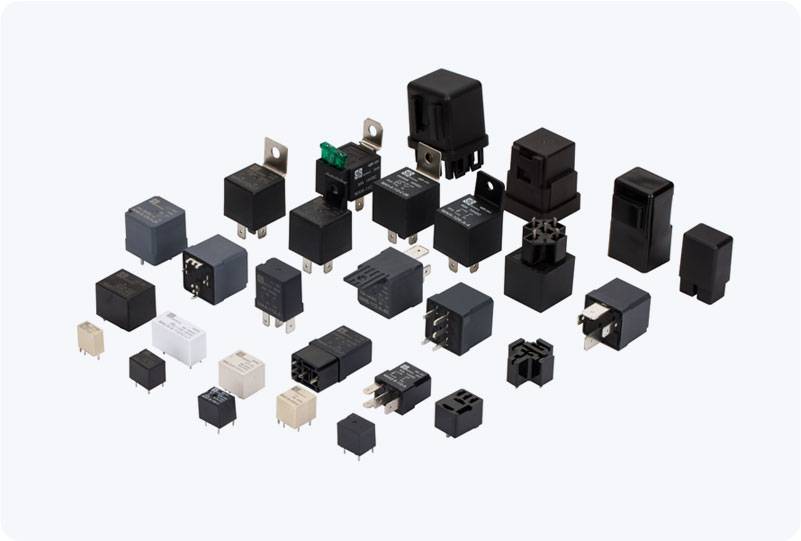
The Importance of Thermal Management in Battery Systems Batteries, especially lithium-ion batteries, operate within specific temperature ranges for optimal performance and safety. When the temperature of the battery falls outside this range, several issues can arise, including decreased performance, shortened lifespan, or, in the worst case, thermal runaway leading to catastrophic failure. This makes thermal management a critical aspect of battery systems, particularly in applications that involve high power output, such as EVs and grid storage systems. Role of the BMS Thermal Control Relay
